What It Will Take to Reopen Everything, According to the WHO
In the same way my tiny daughter looks forward to Christmas all year, all of us who are physically distancing look forward to “things reopening.” Reopening is more a wish than a plan, since most likely we’ll face months of adjusting restriction. We just want things to be back to normal, right? Well, the World Health Organization has set out six prerequisites for easing restrictions. Let’s take a look at what they are.
These six points are discussed in detail in the WHO’s April 15, 2020 COVID-19 strategy update (see page 10), and summarized in a few tweets here.
Transmission must be controlled
This is the first requirement, and it’s a biggie. Transmission has to be under control.
In other words, we’re not getting out of lockdown until we can be sure that we aren’t at risk every time we get near other people. That means public health officials need to know where all the cases are. No person-to-person transmission going undetected, no people walking around wondering whether they have it.
We won’t be here until new cases of COVID-19 only exist at “a level of sporadic cases and clusters of cases, all from known contacts or importations.” That’s a situation we haven’t had in the US since about January.
Controlling transmission also requires that new cases be at a level that hospitals can handle “with substantial clinical care capacity in reserve.” In other words, if the healthcare system is overwhelmed, we’re not there yet—even if we know where all the cases are.
We need to be able to test and care for everybody
This is another big ask. Right now, many people with COVID-19 still can’t get tested for it. The WHO’s guidelines say that everybody with a suspected case should get tested, and they should get their results back within 24 hours. They should also be able to retest to know when they are virus-free again. In the US we are very, very far away from that.
This point also requires that cases be isolated, and all of their contacts quarantined for 14 days. In short, reopening will only follow a “major shift from detecting and treating mainly serious cases to detecting and isolating all cases, irrespective of severity and origin.”
Risk must be minimized in hospitals and nursing homes
The third requirement is for “high-vulnerability settings” where the virus can spread quickly and devastatingly. This includes health care and residential care settings, like assisted living homes. To minimize risk there, workers need to be able to prevent the spread of the disease, which critically includes enough PPE (personal protective equipment like masks and gloves). Our nation is currently facing a severe shortage of PPE, so this is another milestone that is a long way off.
Workplaces also need to reduce risk
Even outside of healthcare and residential facilities, people need to be safe at their workplaces. This means being able to practice safe physical distancing, hand washing, and respiratory etiquette (like covering your mouth and nose when you cough). So even when things “reopen,” we’re still going to be keeping our distance from each other as much as possible.
We need to watch out for imported cases
When we lift restrictions in one place, we still have to be aware of fresh cases of COVID-19 coming in from other places where it’s still rampant. This is the situation we’ve been in with measles for decades: every case here can be traced back to somebody who brought it from another country.
We all have to chip in
The last requirement is that “communities are engaged” in stopping the spread of the virus and making sure it doesn’t bounce back. We’re not going back to our carefree, 2019 ways. The WHO writes that communities must “understand that the transition entails a major shift…that behavioral prevention measures must be maintained, and that all individuals have key roles in enabling and in some cases implementing new control measures.”
Even with all these requirements met, restrictions should still be lifted one step at a time. We must have testing that’s good enough and widespread enough to support the decisions that are being made. And all decisions should be based on scientists’ and our leaders’ best understanding of the evidence.
This means that recommended measures may change along the way, as we learn more about the virus. We have to be patient with those changes, and we also must prepare to be patient with distancing in general. It’s going to last a while.

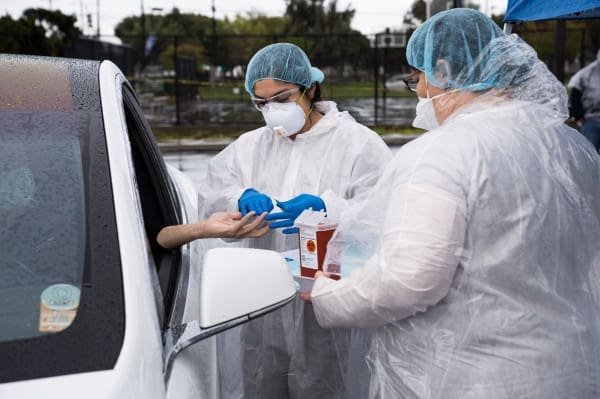
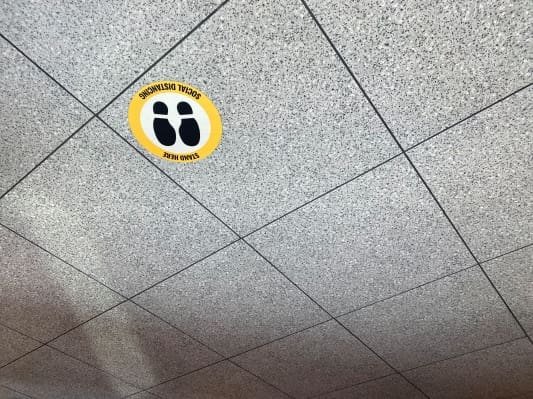
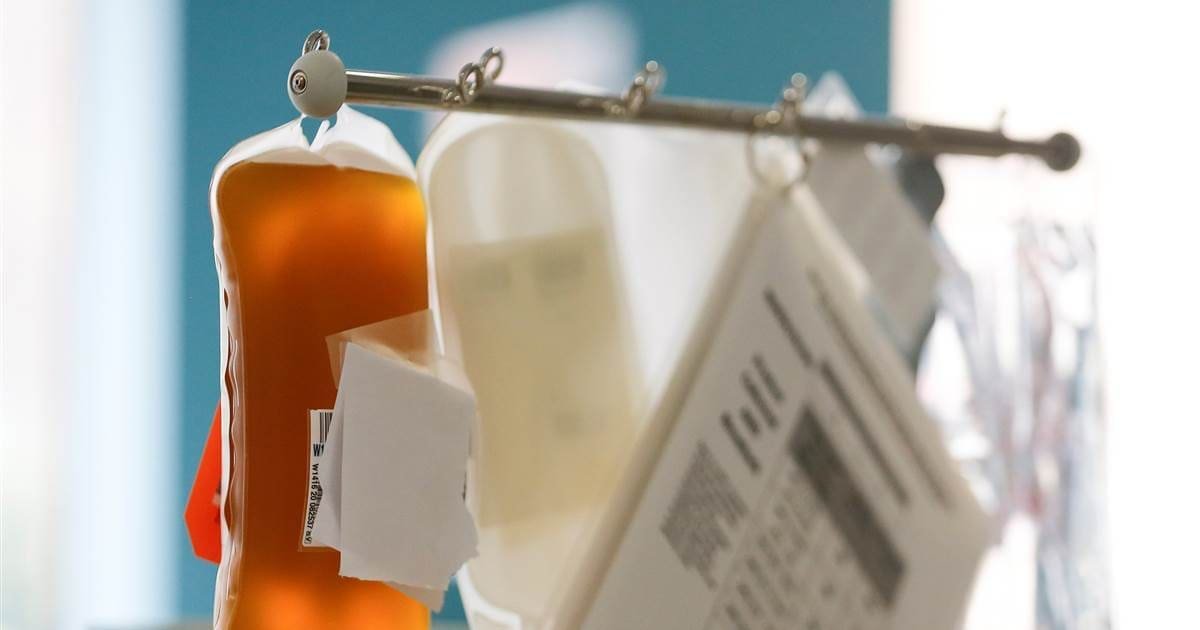
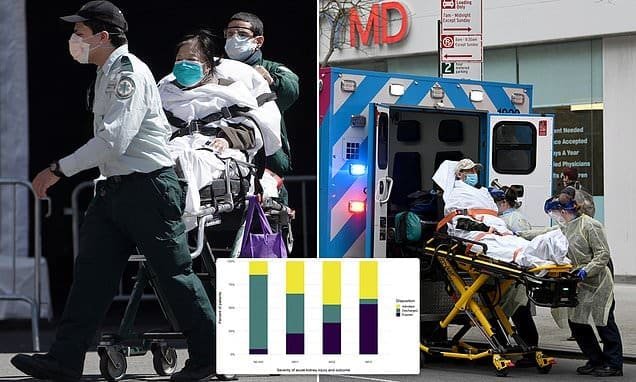
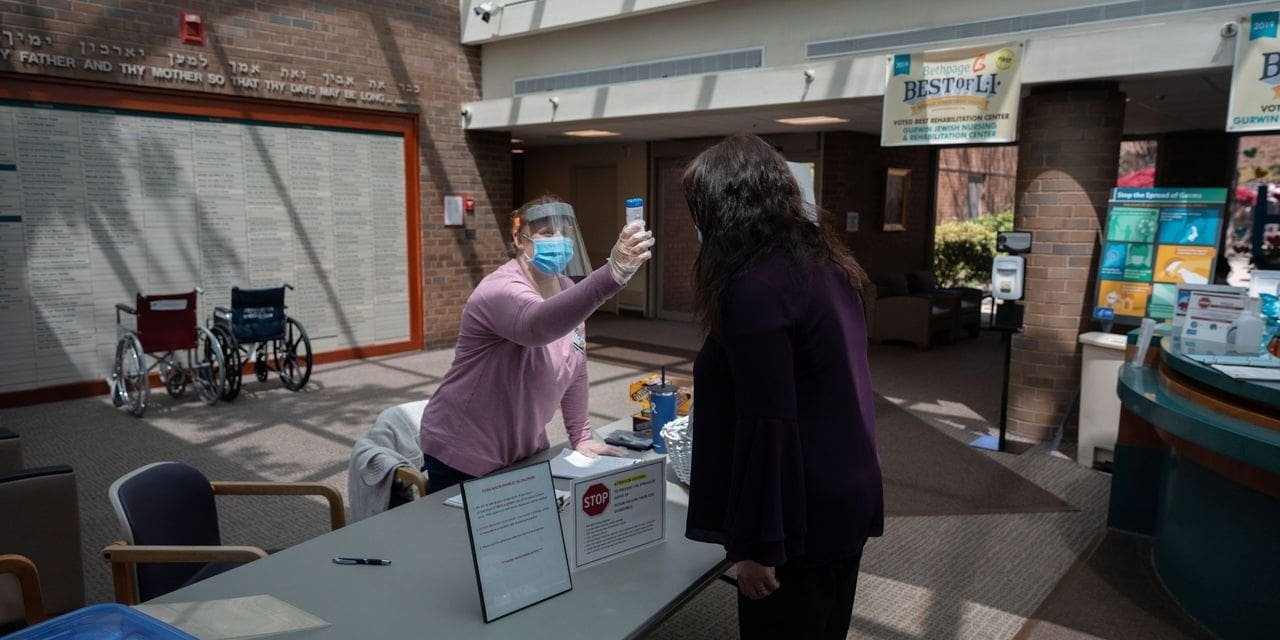
Recent Comments